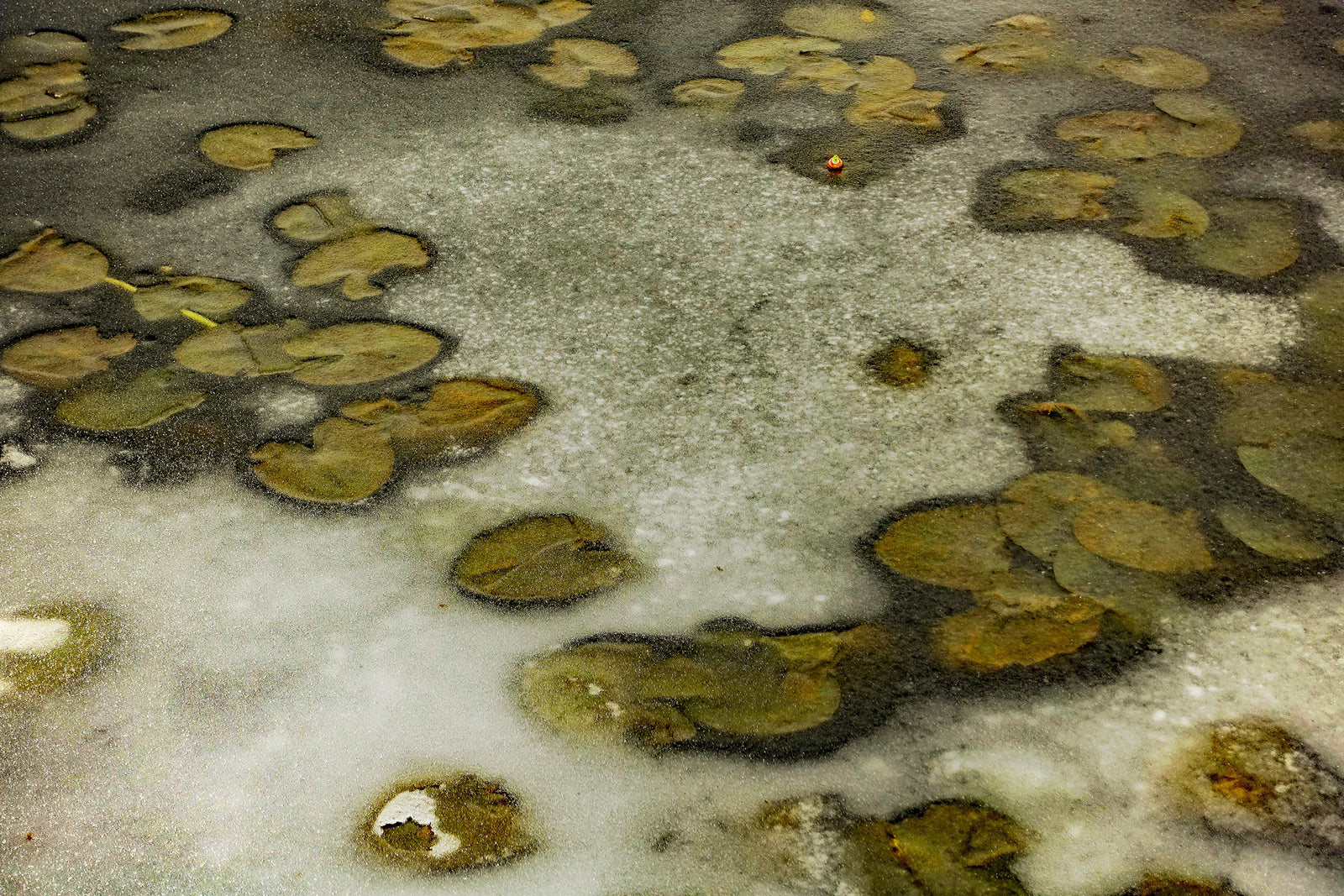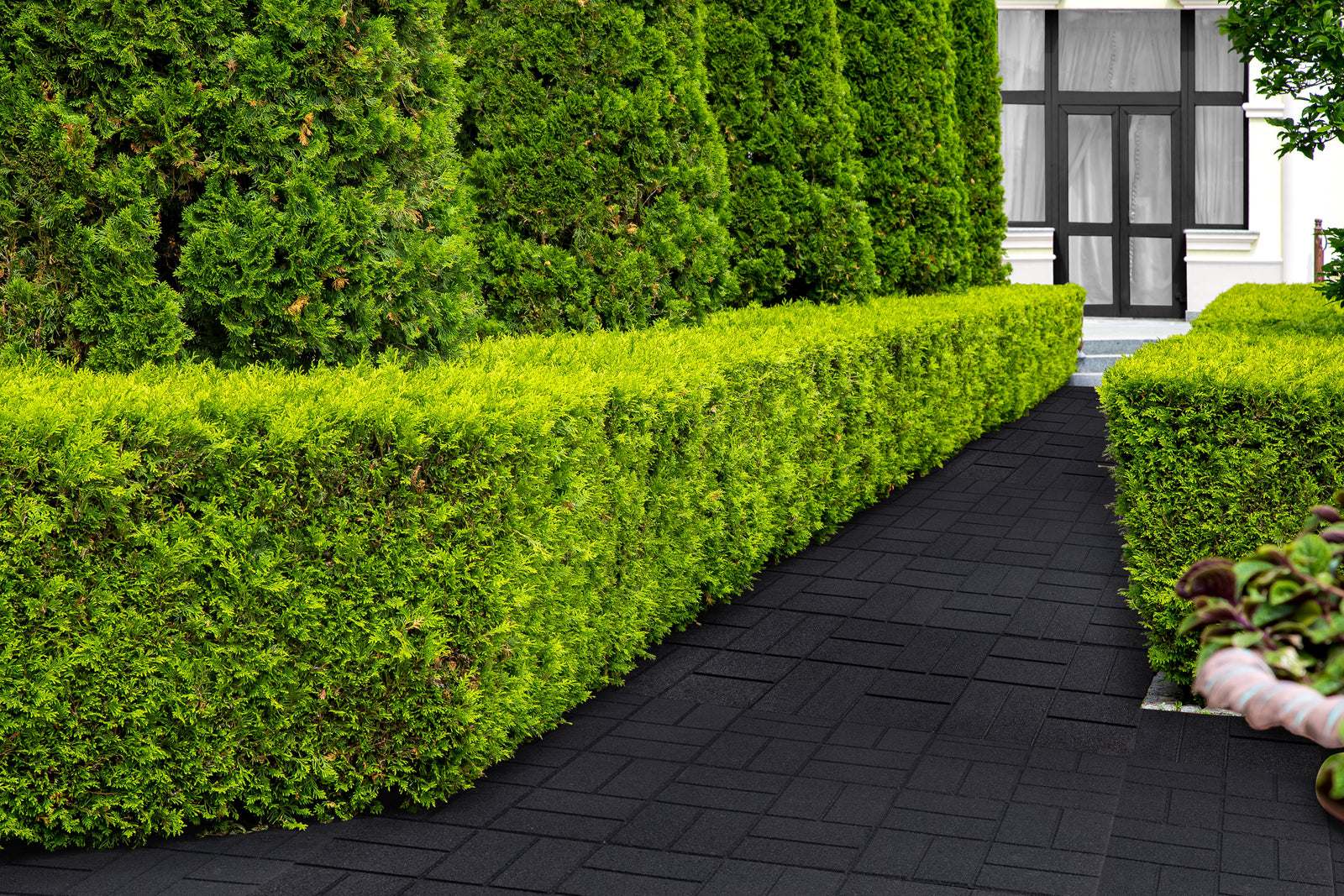May 18, 2023
How to Lay Synthetic Turf on Dirt
A Comprehensive Guide to Installing Rubber Mulch's Synthetic Turf 15' x 100'
The aesthetic appeal and practical benefits of synthetic turf have boosted its popularity over the last few years. Its constant lush green appearance, coupled with minimal maintenance requirements, make it a favored choice for both residential yards and commercial landscapes. In this comprehensive guide, we will walk you through how to lay synthetic turf on dirt, focusing on the Synthetic Turf 15' x 100' from Rubber Mulch.
What You'll Need
Before embarking on your turf laying project, gather the necessary tools and materials. Here's your checklist:
- Synthetic Turf 15' x 100' from Rubber Mulch
- Tape measure
- Shovel
- Rake
- Landscape fabric
- Crushed stone or gravel
- Plate compactor (can be rented at home improvement stores)
- Border material (like timber or concrete curb)
- Weed killer
- Utility knife
- Sand
- Broom
Step-by-Step Guide
Step 1: Measure Your Space
Initiate the project by accurately measuring the area where you plan to lay your synthetic turf. This measurement will help you estimate how much Synthetic Turf 15' x 100' from Rubber Mulch you'll require. Overestimating is better than underestimating in this case, as it's always more efficient to cut down the turf than to patch up insufficient pieces.
Step 2: Clear and Prepare the Area
Once your measurements are in place, clear the intended turf area with a shovel. Remove grass, plants, stones, or any other organic materials present. After clearing, spray the area with a robust weed killer to deter any potential growth that might disrupt your turf.
Step 3: Install Your Border
Next, install a solid border around the area's perimeter. This is an essential step because the border will contain the base materials (crushed stone) and the synthetic turf, ensuring they stay in place.
Step 4: Lay the Base Material
With the border installed, it's time to lay the base material. Cover the cleared area with crushed stone or gravel. This layer serves a dual purpose. First, it facilitates proper drainage, and second, it creates a firm and even base for your synthetic turf. Aim for a depth of about 3 to 4 inches.
Step 5: Compact the Base Material
Now, compact the base material using a plate compactor. This tool helps to create a level and stable surface for your synthetic turf, which is crucial for the turf's appearance and longevity.
Step 6: Install the Landscape Fabric
Post-compaction, lay down a layer of landscape fabric over the compacted base. The fabric acts as a barrier, inhibiting the growth of weeds that could potentially push through your synthetic turf.
Step 7: Roll Out the Synthetic Turf
Now comes the exciting part - rolling out your Synthetic Turf 15' x 100' from Rubber Mulch. Carefully cut the turf to fit your space using a utility knife. Ensure that the grass blades all face the same direction to give your turf a natural and uniform look.
Step 8: Secure the Turf
Secure the synthetic turf in place by using landscaping staples or U-nails. Pay special attention to the edges but don't ignore the center. Staples or nails in the center will help prevent the turf from shifting or wrinkling over time.
Step 9: Add and Brush the Sand Infill
The final step involves spreading a layer of sand over the synthetic turf. The sand helps the grass blades to stand upright, giving the turf a natural look, and adds weight to the turf ensuring it stays in place even under windy conditions or high foot traffic.
Start by evenly spreading the sand over the surface of the turf. Aim for about 1 to 2 pounds of sand per square foot of turf, although this can vary depending on the specific turf product and the conditions in your area.
After you've spread the sand, use a stiff-bristled broom to brush the sand down into the base of the turf. This will help the grass blades stand up and will distribute the sand evenly throughout the turf. It's a good idea to brush in multiple directions to ensure the most even distribution.
Post-Installation Tips
Once you've completed the installation of your Synthetic Turf 15' x 100' from Rubber Mulch, there are a few post-installation tips to keep your turf looking its best:
- Periodic Rinsing: Rinse your turf occasionally to remove dust, dirt, and pollen. A garden hose will work fine for this.
- Brush Regularly: To keep the blades upright and maintain the plush look of your turf, brush it regularly with a broom, especially in high-traffic areas.
- Attend to Spills Promptly: If there are any spills, clean them up promptly. Most spills can be rinsed away with water. For tougher stains, use a mild soap with warm water or a vinegar and water solution.
- Avoid Heavy Items: Try not to place heavy items on the turf for extended periods as it can cause the blades to flatten and can potentially damage the backing of the turf.
What is the correct method for measuring the area where synthetic turf will be installed?
The first step in laying synthetic turf involves accurately measuring the intended area for installation. This is critical for determining the amount of Synthetic Turf 15' x 100' from Rubber Mulch needed. It's advisable to measure the length and width of the area, and to slightly overestimate rather than underestimate. Overestimation ensures you have enough turf to cover the area, as it is easier to trim excess turf than to add additional pieces to cover a shortfall.
What steps should be taken to prepare the area for synthetic turf installation?
To prepare the area for synthetic turf, begin by clearing it with a shovel. Remove all grass, plants, stones, and other organic materials. Once the area is clear, apply a robust weed killer to prevent future growth that could disrupt the turf. This step is crucial for ensuring a smooth surface and for preventing issues with the turf in the future.
How is the border installed and why is it important?
Installing a solid border around the perimeter of the area is essential for synthetic turf installation. This border, which can be made of timber, concrete curb, or similar materials, contains the base materials (like crushed stone) and the turf itself, keeping them in place. It not only defines the area but also provides structural integrity to the installation, preventing the turf and base materials from spreading or shifting.
What is the process for laying and compacting the base material?
After installing the border, the next step is to lay the base material, typically crushed stone or gravel, over the cleared area to a depth of about 3 to 4 inches. This base material ensures proper drainage and creates a firm, even surface for the turf. Following this, use a plate compactor to compact the base material. This process is crucial for creating a level and stable surface, which is necessary for the aesthetic and longevity of the synthetic turf.
How do you roll out, secure, and finish the synthetic turf installation?
To roll out the Synthetic Turf 15' x 100' from Rubber Mulch, first, ensure the space matches the turf dimensions, cutting as necessary with a utility knife. When laying the turf, make sure all grass blades face the same direction for a natural look. Secure the turf with landscaping staples or U-nails, focusing on both the edges and the center to prevent shifting or wrinkling. Finally, spread and brush a layer of sand over the turf. The sand helps the blades stand upright and adds weight, ensuring the turf remains in place. For an even distribution, brush the sand in multiple directions.
Installing synthetic turf can be a rewarding DIY project that can transform any dirt space into a lush, green, and aesthetically pleasing area. With the Synthetic Turf 15' x 100' from Rubber Mulch, you are guaranteed a product that not only looks great but is durable and long-lasting. Remember, the key to a successful installation lies in thorough preparation, careful execution, and regular maintenance. Enjoy your new, beautiful, synthetic turf lawn.

Also in Rubber Mulch Blog

Effective Mold and Fungi Prevention: The Hidden Value of Rubber Mulch
October 31, 2024

Create Your Own Sensory Path with Rubber Pavers
October 28, 2024

Install Rubber Pavers for a Garden Pathway Makeover!
October 15, 2024
shop
Copyright © 2025 RubberMulch.com - All Rights Reserved.






